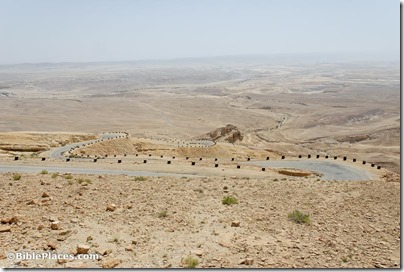Geomagnetic surface surveys at Khirbet al-Minya on the northwestern shore of the Sea of Galilee have revealed an earlier Jewish or Christian settlement.
A new study of the Solomonic-era copper mines at Timna reveals that the enterprise came to a sudden halt around 850 BC because the miners overexploited the sparse desert acacia and white broom trees used to fuel their furnaces (Haaretz subscription).
Carl Rasmussen links to a video that shows evidence for a first-century synagogue at Chorazin. He also shares a photo of the synagogue in 1967 before reconstruction began.
Here is a video of the 7th-8th century AD shipwreck recently discovered off the coast of Israel.
“Hundreds of ancient decorated toga pins, earrings, rings and figurines of animals and idols were found in the home of a man who used to be an antiquities dealer in northern Israel.”
Albright Institute lecture on Oct 27: “The Austrian Expedition to Tel Lachish (2017-2022),” by Katharina Streit & Felix Höflmayer. Register to join by Zoom here.
Marc Zvi Brettler explains the Hakhel Ceremony, in which the assembly gathers together every seven years to read the Torah. This event will be celebrated at the Western Wall on October 11.
Ferrell Jenkins shares a photo of sheep grazing near Tirzah, the second capital of the northern kingdom.
HT: Agade, Keith Keyser, Arne Halbakken
